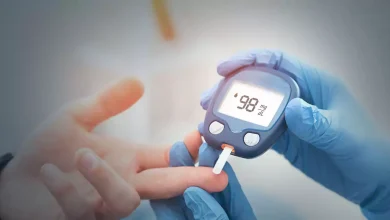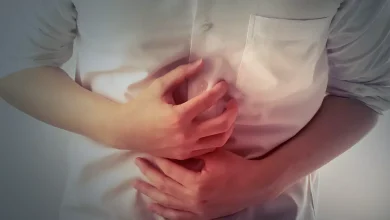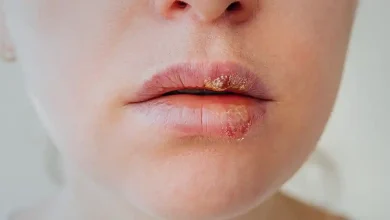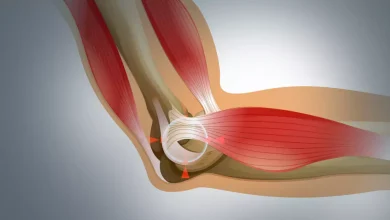All about Cradle Cap
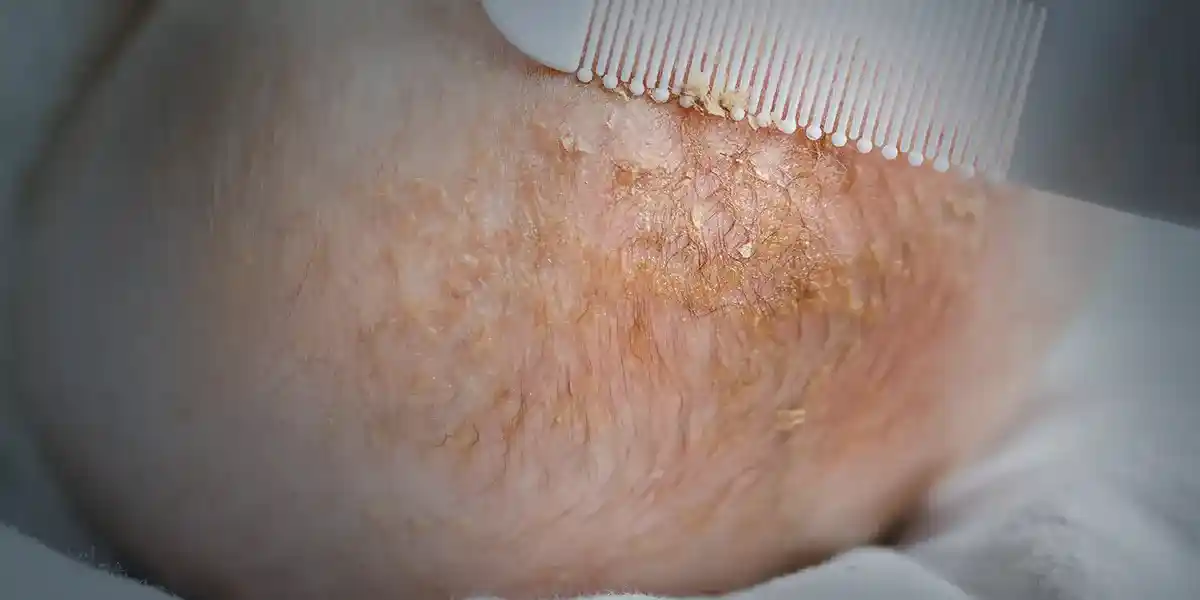
What is Cradle Cap?
Cradle cap is a harmless skin disorder that leads to white or scaly patches on the scalp of your baby. The scales can be greasy or flaky, with a rash surrounding
them. A cradle cap does not cause any negative effects on your baby’s health, eating, or sleeping and you should be rest assured that your baby does not have any danger or discomfort. Your baby does not get any itching or pain, and it generally clears up within some weeks or months.
Cradle cap is quite common and most babies are affected by them at one point or another. Cradle cap generally begins within three months of birth, and in all cases occurs during the first year of a baby’s life. Due to the cradle cap typically beginning early in a baby’s life, it usually fades away in a year. In some babies, cradle caps develop at 1 or 2 years of age.
What are the Symptoms of Cradle Cap?
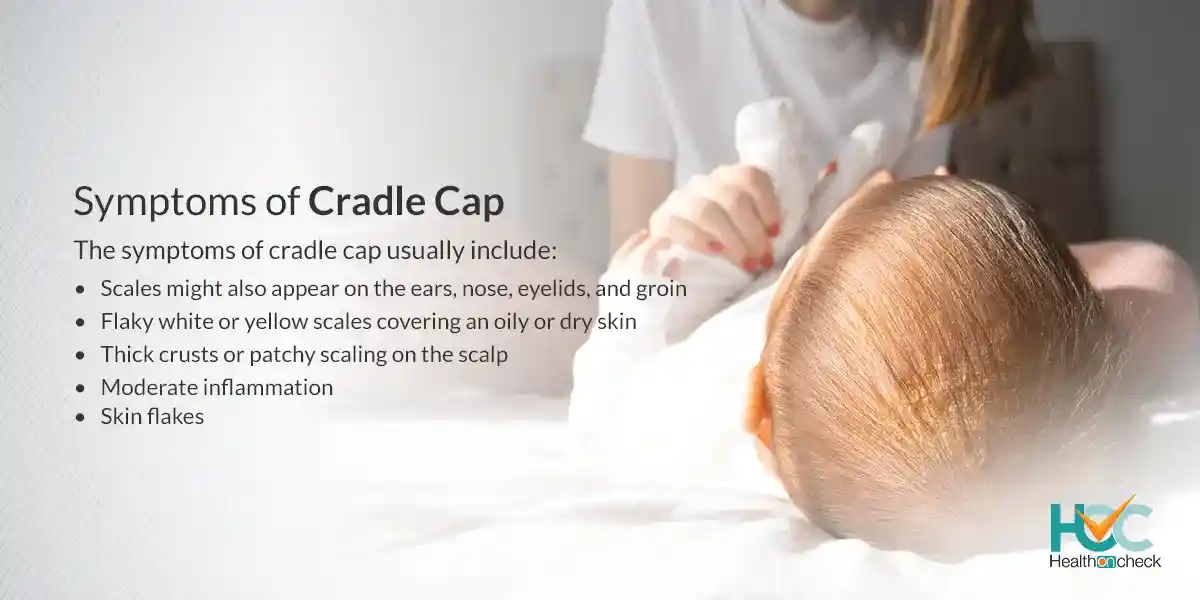
The symptoms of cradle cap usually include:
- Thick crusts or patchy scaling on the scalp.
- Flaky white or yellow scales covering an oily or dry skin.
- Skin flakes.
- Moderate inflammation.
- Scales might also appear on the ears, nose, eyelids, and groin.
A cradle cap is common in newborns and generally, it’s not itchy.
Cradle cap is the common form of infantile seborrheic dermatitis and sometimes it’s confused with another skin condition, called atopic dermatitis. The big difference between these conditions is that atopic dermatitis can be quite itchy.
What are the Causes of Cradle Cap?
The exact cause of cradle cap is not clear and maybe hormones passing from the mother to the baby before birth can be a factor. These hormones may lead to oil glands and hair follicles producing too much oil called sebum.
A fungus known as malassezia (mal-uh-SEE-zhuh) can be another factor that grows in the sebum along with bacteria. Antifungal treatments could help to manage the symptoms. It supports the idea that Malassezia can be a factor.
Cradle cap is not contagious, and poor hygiene does not cause it.
What are the Risk Factors of Cradle Cap?
Since the cause of cradle cap is not known, the risk factors are also not clear but the glands in your baby’s scalp might create large amounts of oil and cause skin cells that usually shed from your baby’s scalp to instead get stuck to their scalp. A particular yeast known as Malassezia naturally living on your baby’s skin might also play a factor. It might form due to overactive sebaceous glands, a fungal infection, or both. The sebaceous glands are present in the skin and make an oil-like substance, called sebum.
Overactive sebaceous glands might produce large amounts of sebum, which could stop the old skin cells from getting dry and falling off the scalp. Instead, they get stuck to the scalp.
The factors why the glands become overactive might be due to the mother’s hormones staying in the baby’s body for quite some time, even months after birth.
If a fungal infection happens, it might be due to the mother taking antibiotics while pregnant, or the baby was given them up to one week after birth.
Bacteria that cause damage are destroyed by antibiotics, but they can also damage useful bacteria preventing fungal infection.
Studies have shown that babies with cradle caps usually have a family member with disorders including eczema and asthma.
What are the Complications of Cradle Cap?
The complications of cradle cap might include:
- Affected areas become red.
- Patches begin to look irritated.
- Affected parts spread to the face or begin to form on the body.
- Diaper rash.
- Fungal ear infection.
- Signs of thrush form.
How is the Cradle Cap Diagnosed?
Your doctor can diagnose the cradle cap by simply looking at the scalp of your baby. The rash and scales, along with their parts on your baby’s head, are helpful to determine the condition. Any lab tests or biopsies are not required.
What are the Treatment Options Available for Cradle Cap?
After the diagnosis, your baby’s cradle cap can be treated at home using some procedures including:
Washing: Cleaning your baby’s scalp is helpful to get rid of the problem because it washes away some of the additional oils. You can apply unscented baby shampoo on the baby’s scalp and gently rub it into the areas that are affected. Your doctor may advise you to wash your baby’s hair more often than you normally do. You may have to wash it every day and if a mild baby shampoo is not working, your doctor will prescribe medicated products. Shampoos are available that are specially made for cradle caps. There will be “cradle cap” written on the label.
Brushing: After cleaning your baby’s hair and scalp, gently brush their hair with a soft baby comb or a brush. The scales will get loose and fall off over a period.
Lubricating: Rubbing petroleum jelly, baby oil, some drops of plain mineral oil, or ointment into the scales on your baby’s scalp before using a shampoo and a soft hair brush might also be helpful.
Cream: If the scalp is inflamed, your doctor might prescribe hydrocortisone cream but generally, it is not necessary. You should not use a steroid cream unless your doctor prescribes it. Your doctor might also refer an antifungal treatment including ketoconazole.
Don’t pick: Though it’s tempting to pick or scratch at the scales on the head of your baby you should avoid doing this because it can increase the risk of infection on the areas of raw skin.
Living with Cradle Cap
It is normal for the parents to worry about various small things when they have a baby and it is quite common for the parents to panic if they notice a rash and scales on the baby’s scalp. But you should not worry because cradle caps are very common and harmless. Most of them are mild and get well on their own. But if the cradle cap stays for a little longer for your baby, or your baby is developing rashes on other parts of the body, your doctor can check the skin of your baby and see if treatment is needed. They tell you what is going on and how to treat it.
Whom to Consult?
The symptoms of cradle cap generally clear up on their own but if they get worse even after treatment or last longer than six months, you should consult with your doctor.
You should seek medical help if your baby shows symptoms such as developing pimples or blisters, a rash spreading beyond the scalp, an inflamed rash in the back of ears, seems sick, fluid or blood oozing from their skin, or has skin that feels hot to the touch.

